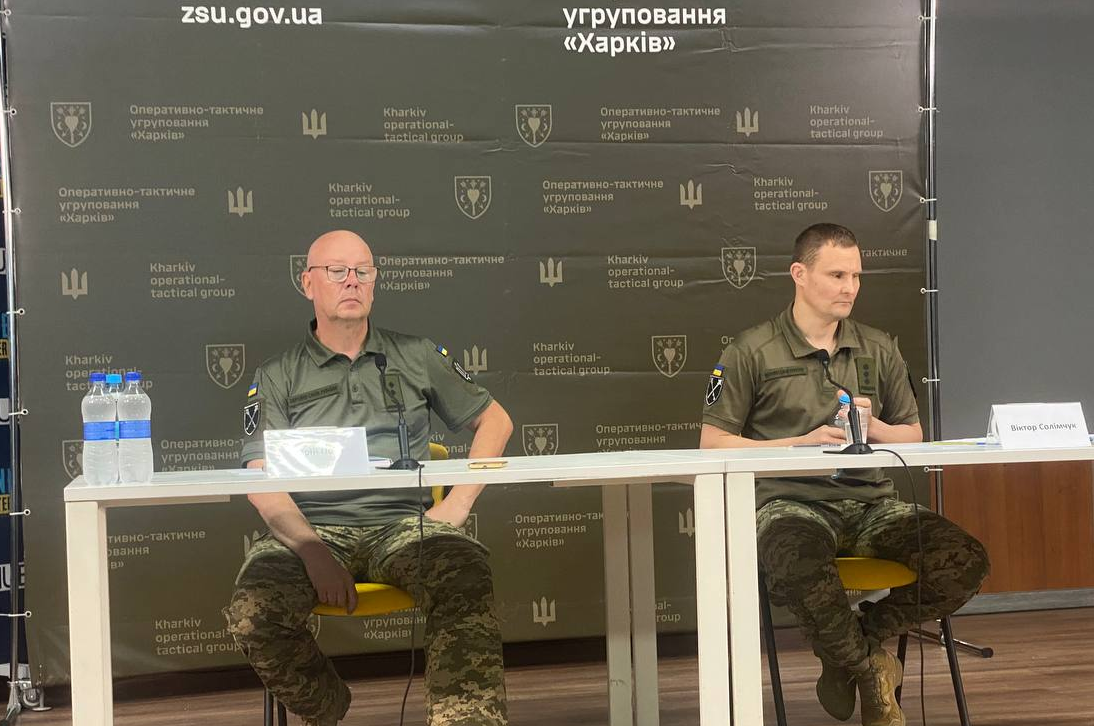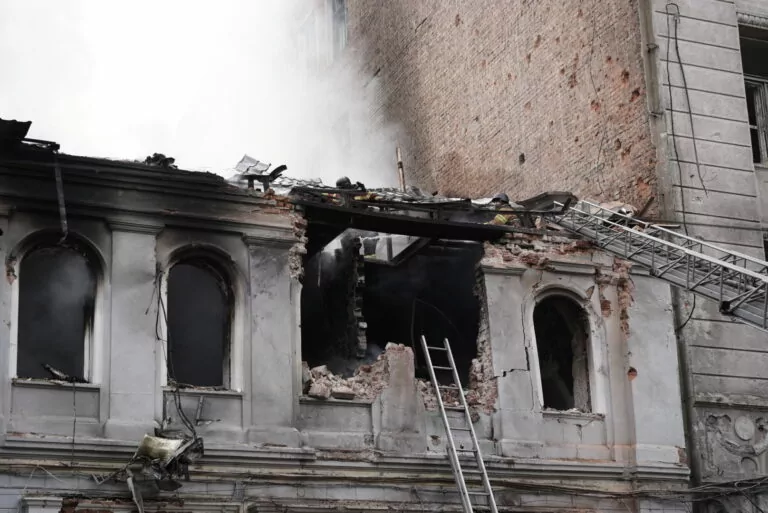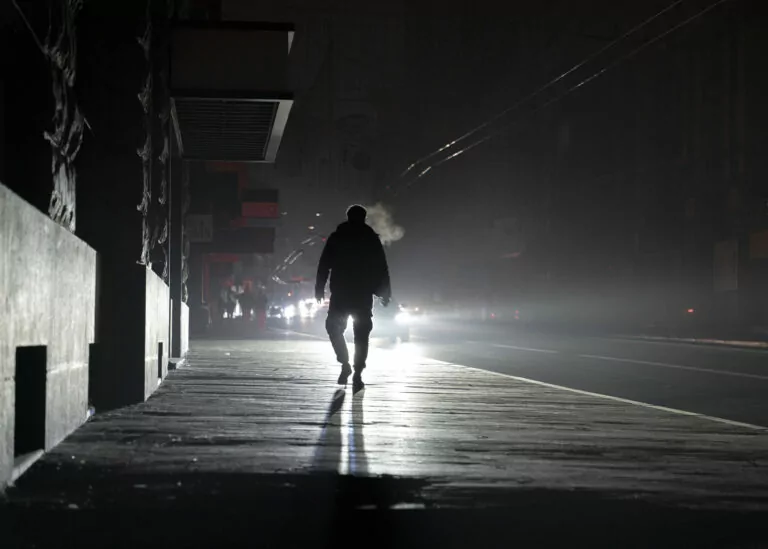UKRAINE, KHARKIV OBLAST, Jul 10 — Since June 2024, the number of Russian guided bomb (KAB) attacks on civilians and the Ukrainian army positions in the Kharkiv region has significantly decreased, reported Viktor Solimchuk, deputy commander of the “Kharkiv” group of forces, during the briefing.
Russia started their new offensive north and northeast in the Kharkiv region in May, but Ukrainian troops have stabilized the frontline in this section since. Now, heavy battles are ongoing in and around Vovchansk (three miles from the border, 46 miles away from Kharkiv) and near Lyptsi (six miles from the border, 12 miles from Kharkiv.)
According to Viktor Solimchuk, in the Kharkiv direction, the Russian army failed to implement their plan. Therefore, the only way to show their success in this direction was to drop KABs on civilians and the Ukrainian military.
Since the beginning of the new Russian offensive in the north of the Kharkiv region on May 10, the Russians have dropped more than 1,700 guided bombs on the region.
Volodymyr Tymoshko, head of the Main Department of the National Police in the Kharkiv region, said on Ukrainian TV on July 8 that over the past week, Russians had launched about 90 strikes with various types of weapons in Kharkiv and the region, most often targeting frontline settlements.
Read more
- In the Lyptsi direction, like in almost all areas of the front, Russian troops create small infantry groups of four to six people and advance mostly in bad weather. The military notes that the Russians learned this from the Ukrainian army.




